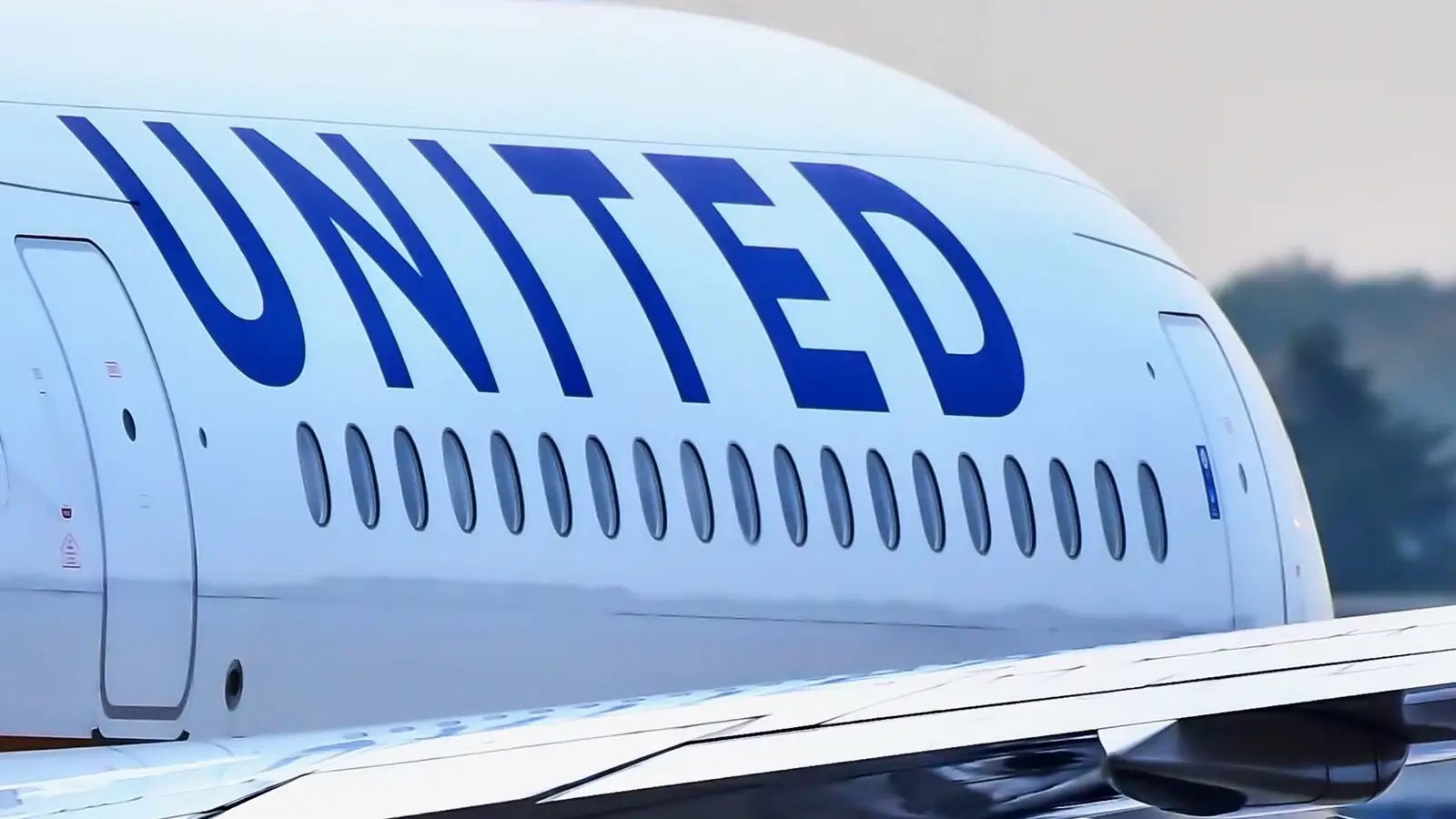
United Airlines (NYSE: UAL) is continuing to grow its US domestic capacity over the next few years. The airline is poised to increase capacity by 5.7% in 2025, more than double the standard 2% exhibited across the industry. The carrier’s capacity growth rate is pushing ahead of Delta Air Lines and American Airlines, both of which are growing capacity at around 3%, and Southwest Airlines, which is growing domestic capacity at a relatively weaker 1.4%.
United’s CEO Scott Kirby directly attributed this outperformance to brand-loyal customers who have continued to grow the airline’s technological capabilities, including Bluetooth, seat-back screens, and its app-based entertainment. Kirby further attributes this capacity growth to a strengthened network and ongoing retrofits of the airline’s narrowbody jets. Kirby also argues that United’s loyalty-led business model makes the airline more resilient in the event of industry downturns. Management has indicated that fourth-quarter results should showcase this advantage, and the airline has third-quarter earnings coming in mid-October.
What Exactly Did Kirby Share?
Scott Kirby told CNBC that United’s decision to grow capacity faster than its peers was driven by the company’s competitive power. He credited the airline’s network and impressive onboarding technology as key pieces driving the airline’s commitment to developing a stronger passenger experience and brand-loyal customers. Kirby was quick to argue that as a brand-loyal airline, United Airlines would be more effectively positioned for resiliency, even in the event of a downturn.
He added that fourth-quarter results will help demonstrate the upside as soon as the economy begins to recover. Inbound demand rebounded in early July, something which strengthened bookings going as far out as December, especially in premium cabins where price pressure can limit industry oversupply. Kirby reiterated his skepticism of low-cost carriers currently in the market, sharing the following blunt affirmation of why he thinks Spirit Airlines will go out of business:
“I’m good at math.”
What Does This Mean For United?
It is important to identify that hidden within Kirby’s messaging is a bet that he is hoping that investors will take. Kirby’s airline is flooding the market with domestic capacity, offering more than 5.7% more next year, nearly twice as high as its closest peers. By adding this much capacity, United Airlines will be exposing itself to potentially lower yields and load factors, which could sink its financial performance.
If Kirby turns out to be right, investors who take this bet will be rewarded. If United can successfully increase its revenue gap in the fourth quarter by offering more premium capacity and a higher monetization of its loyalty program, it may be able to offset industry pressures.
Should his forecasts fall short, the airline could be in big trouble. Investors and industry analysts will need to keep their eyes on books, revenue spreads, and the airline’s income in the fourth quarter guidance in mid-October.
What Do We Make Of All This?
At the end of the day, United Airlines has been quick to highlight what it sees as strong growth prospects. Over the past year, investors and portfolio managers have been quick to reward United with higher trading multiples.
The legacy airline is planning a capacity-driven revenue expansion. However, the airline is certainly exposing itself to large amounts of investor scrutiny if performance falls short of expectations.
The airline has certainly demonstrated its ability to capture premium demand. However, the bigger question remains whether this can allow the airline to achieve significantly higher performance over the next six quarters.



